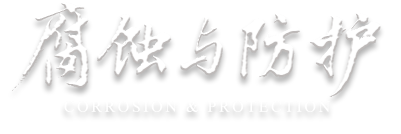Abstract:
The corrosion of 316L stainless steel in an environment of supercritical water oxidation was studied by using three different acidic solutions (HCl, HNO
3, H
2SO
4) mixed with methanol as corrosive media. The results show that the corrosion rates of 316L stainless steel in the three corrosive media were increased with the increase of acidity. And the increase of corrosion rate was the largest when pH value was in the range of 3-5, was smaller when pH value was in the range of 2-3, and was nearly constant when pH value was in the range of 5-6. The corrosion products on the surface of 316L stainless steel were Fe
3O
4, (Cr, Ni) Fe
2O
4 and Cr
2O
3, and the type of oxides had no obvious relationship with the type of acid. There was no pitting corrosion on the surface of 316L stainless steel corroded in HCl solution, due to the failure to form stable oxygen concentration cells in the environment of supercritical water oxidation.

 下载:
下载: